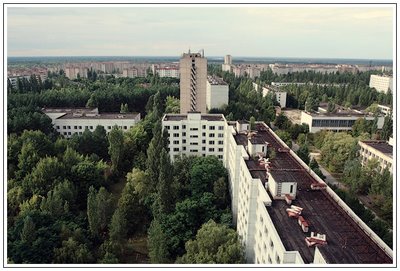Friday Photography | The Architecture of Desire
What better way to pay homage to our favorite manufactured holiday then by taking a virtual tour of the Midwest's premiere fantasy hotel chain, FantaSuites. With names like Jungle Safari, Grecian Bath, & Le Cave; each room tantalizes with the prospect of the unknown. From their website:
From the ancient land of Caesar's Court to the futuristic Space Odyssey, let our FantaSuite Suites transport you to the world of your dreams. Each is a unique experience, an adventure, a romantic retreat designed to completely immerse you in the getaway of your choice...So what might this world of your dreams look like, exactly?








Unlike another kind of fantasy tourism, FantaSuites is faced with realizing it's escapism with real life brick and mortar. Or as is often the case: plush carpet, creative plastering, and faux plant life. Sadly, about the closest you'll find to a FantaSuites experience online are the wonderful 360° panoramas of each room on their website, all collected here for easy viewing.
Happy Friday!



















